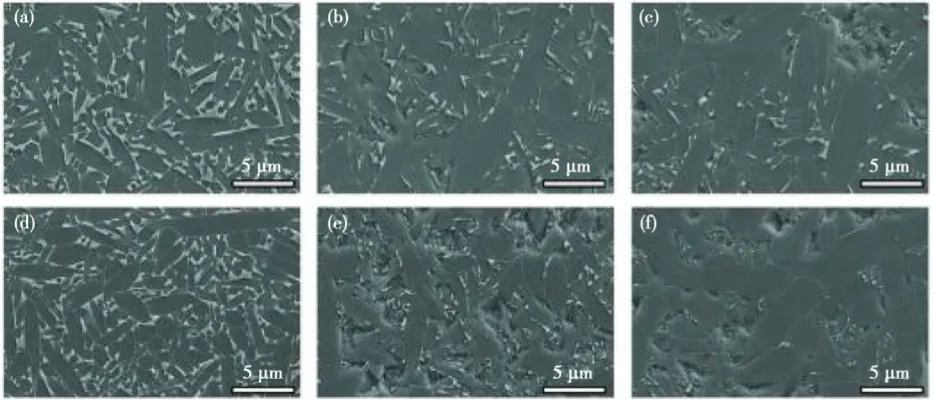In cutting-edge technologies such as high-performance electronic packaging, aerospace and energy conversion, silicon nitride (Si3N4) substrate materials are highly regarded for their excellent mechanical properties, chemical stability and high temperature resistance. However, the thermal conductivity of silicon nitride, as one of the key factors affecting its wide application, has always been the focus and difficulty of materials science research. This paper aims to deeply explore the main heat transfer mechanisms of silicon nitride substrate, namely lattice vibration and phonon conduction, and systematically analyze the influence of the selection and optimization strategy of sintering additives on the thermal conductivity of silicon nitride substrate, in order to provide theoretical basis and practical guidance for improving the thermal management efficiency of silicon nitride substrate.

A deeper understanding of heat transfer mechanisms
The main heat transfer mechanism of silicon nitride, namely lattice vibration and phonon conduction, is a complex and fine process. The nonlinear propagation and collision of phonons in the lattice are not only limited by the interlattice coupling, but also deeply affected by the internal microstructure characteristics of materials. In particular, many defects (such as vacancies, dislocations), impurity atoms and grain interfaces exist in Si3N4 crystals, which, as the center of phonon scattering, significantly reduce the mean free path of phonons, and thus become the main bottleneck limiting the improvement of silicon nitride thermal conductivity. Lattice oxygen, as one of the most important defect types, not only increases the probability of phonon scattering, but also causes lattice distortion, which further weakens the heat conduction efficiency.

Optimization strategy of sintering additives
In view of the strong covalent bond of silicon nitride and the difficulty of compact sintering through solid phase diffusion, the selection and application of sintering additives are particularly important. Traditionally, oxides such as MgO, Al2O3, CaO and rare earth oxides are widely used as sintering additives, which promote liquid phase sintering by forming low melting point eutectic melts, thereby increasing the density of silicon nitride. However, these oxide sintering additives bring densification at the same time, but also introduce a new problem: their own low thermal conductivity and may cause grain boundary phase changes (such as the formation of SiAlON solid solution), have an adverse effect on the overall thermal conductivity of silicon nitride ceramics.
In order to overcome this problem, scientists began to explore the application of non-oxide sintering additives. Non-oxides, such as MgSiN2 and rare earth fluoride, show unique advantages. They can not only reduce the secondary phase and lattice oxygen content of silicon nitride, but also promote the reduction of grain boundary phase and the reduction of SiO2 through specific chemical reactions (such as rare earth fluoride reacting with SiO2 to produce volatile SiF4), so as to effectively reduce the lattice oxygen content and improve the thermal conductivity. However, the commercial application of non-oxide sintering additives still faces challenges, and their high cost and supply constraints limit their application in large-scale production.
Comprehensive strategy: oxide + non-oxide sintering additives
In view of the above analysis, a possible solution is to adopt an "oxide + non-oxide" composite sintering auxiliary system. This strategy aims to combine the advantages of two types of sintering additives: oxide additives provide the necessary liquid phase sintering environment to ensure the densification of the material; The non-oxide additives further reduce the lattice oxygen content and increase the thermal conductivity through their unique chemical properties. Through a carefully designed formulation system, it is possible to achieve fine control of the sintering process and the performance of the final product, so as to maximize the thermal conductivity of the silicon nitride substrate while ensuring the production efficiency.
In summary, the optimization of thermal conductivity of silicon nitride substrate material is a complex process involving multiple factors and layers. By deeply understanding the microscopic mechanism of lattice vibration and phonon conduction, as well as precisely regulating the selection and formulation system of sintering additives, we can effectively overcome the bottleneck faced by silicon nitride materials in improving thermal conductivity. In the future, with the continuous deepening of material science research and continuous progress of technology, we have reason to believe that silicon nitride substrate materials will show its unique charm and broad application prospects in more fields. At the same time, this will also promote technological innovation and industrial upgrading in related fields, and contribute to the sustainable development of human society.


























